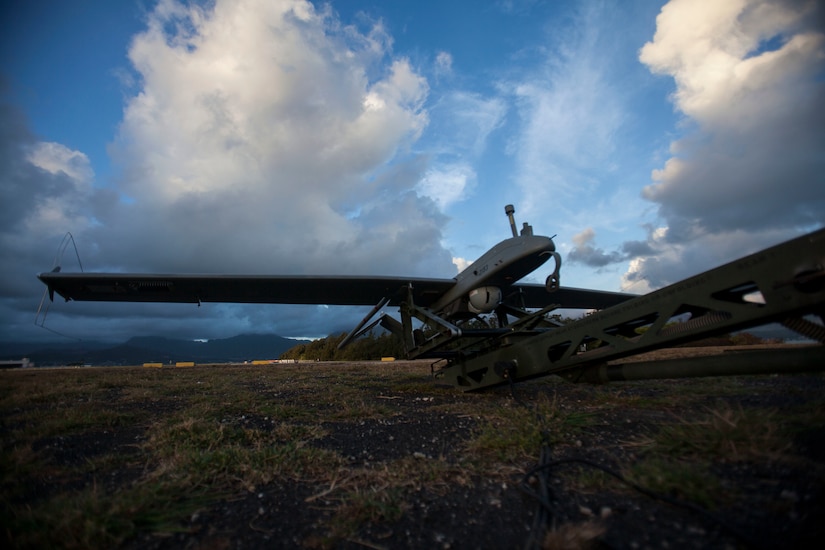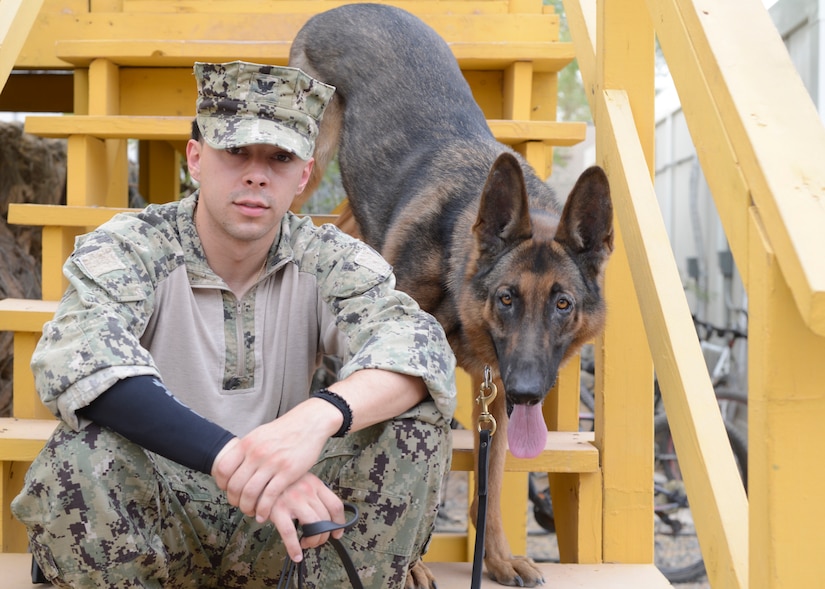By Jim Garamone, DoD News, Defense Media Activity
WASHINGTON -- Peace, stability and the rule of law are at
the heart of security, and the NATO alliance is using a non-traditional effort
called NATO Strategic Direction South to encourage this process.
NATO Secretary General Jens Stoltenberg declared the
organization, also known as the Hub for the South, fully operational following
the Brussels Summit July 12. The commander of NATO’s Allied Joint Force Command
Naples, Italy, Navy Adm. James G. Foggo III, said the hub is a “totally
different mission set” for the alliance.
The organization was formally established in September. “We
are manned for 80 people at the headquarters … and the NATO goal for the Hub
for the South is to complete the 360-degree comprehensive approach to security
and stability operations,” the admiral said.
NATO has done an excellent job of security operations in
Europe’s north and east, where Russia is the prime disturber of the peace,
Foggo said.
“The area where we need to continue to work is in the
strategic direction south,” he said.
NATO’s Southern Flank
NATO’s southern flank has a different set of dangers.
Transnational threats such as terrorism, drug gangs, human traffickers and
weapons smugglers take advantage of ungoverned or loosely governed areas in the
Middle East, North Africa and the Sahel to threaten peace inside NATO allies.
Creating stability and security in those regions requires
different tools than deterring Russia, and the Hub for the South is designed to
provide those tools, officials said. It is the hub of a network of people and
organizations dedicated to helping nations on NATO’s southern flank build the
infrastructures needed to sustain security, promote the rule of law and
encourage economic gains.
The migration of people from North Africa and the Middle
East is not a problem in and of itself, Foggo said, but it is a symptom of
larger problems throughout the region. Getting at those problems will change
the migration dynamic, he said.
“There are other ways to get at this question of governance,
rule of law and stability, and that is through the Hub sponsorship of connecting,
consulting and coordinating,” the admiral said.
Maximizing Effectiveness
The hub aims to contribute to coordination, synchronization
and deconfliction of NATO’s activities across the south, while optimizing
resources and maximizing effectiveness, officials said.
Hub personnel examined the drivers of instability in the
region and that pointed to what the organization can do to help with governance
and rule of law, Foggo said.
“The nations struggling with training of police, military,
border security, justice … we can provide them with a non-governmental
organization or a state actor that can help build a stronger judiciary that can
help provide equitable justice,” he said. “Also, we are trying to connect with
a number of different organization on the continent, in Europe and America who
want to help.”
Additionally the hub is building awareness of the extent of
the problems in the area.
“There is a broad spectrum of think tanks and organizations
that understand Africa better than we do, and we are leveraging that,” the
admiral said. “Many of these organizations are helping us pro bono. They are
interested in what NATO is trying to do.”
People and organizations are beginning to understand the
resources of the hub, he said. Still there are some misconceptions.
“A lot of folks think the hub is just about migration:
That’s incorrect,” Foggo said. “People migrate from their homes because they
don’t feel safe. Our goal is to try to make people feel safer by helping
nations, or people, or places have better governance, better rule of law so
they can live in peace and have a family, educate their children and have
economic prosperity. In some places, … they can’t do that right now because
there is lawlessness.”








